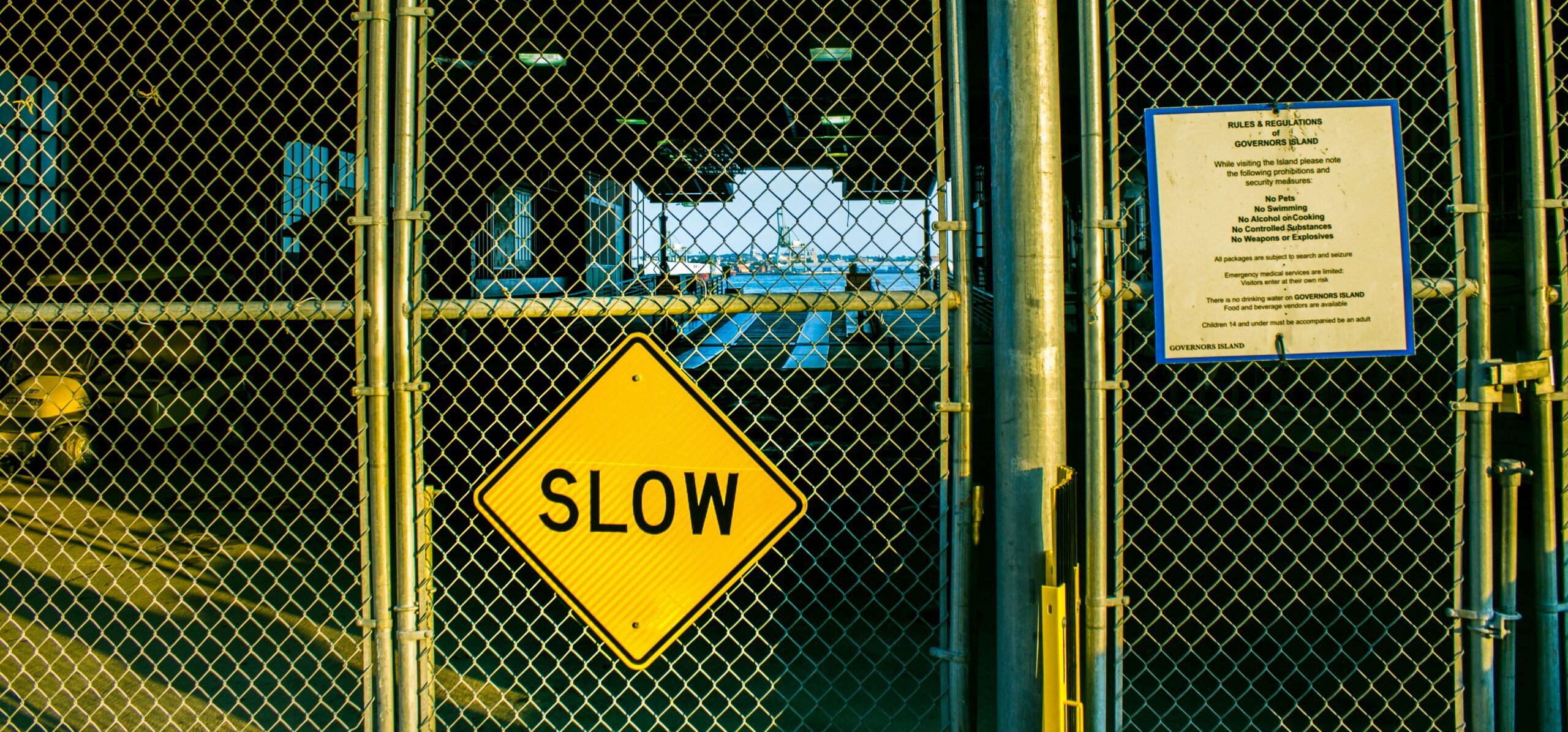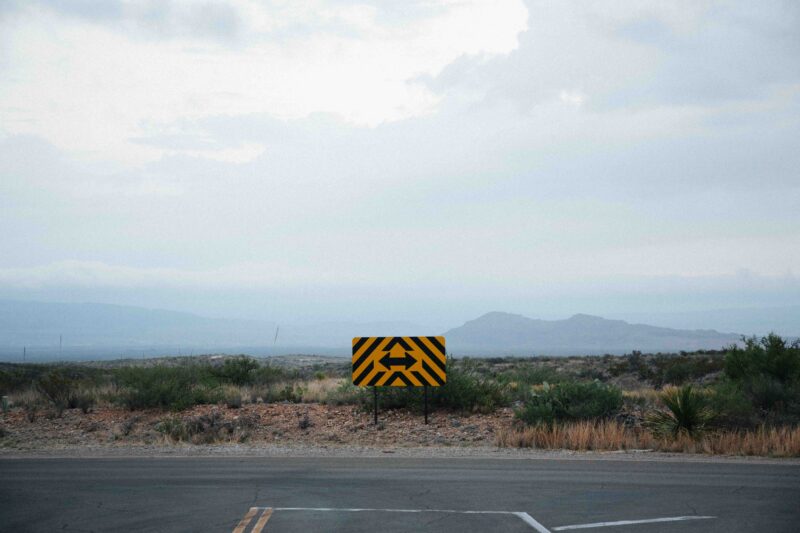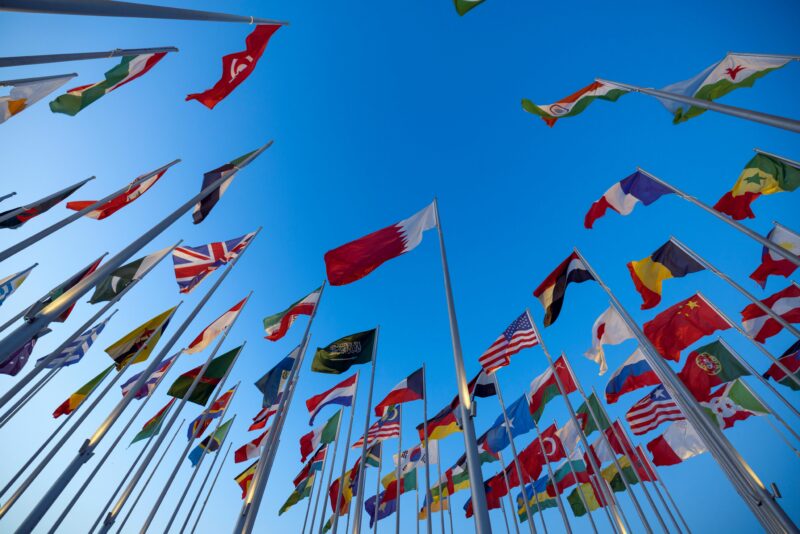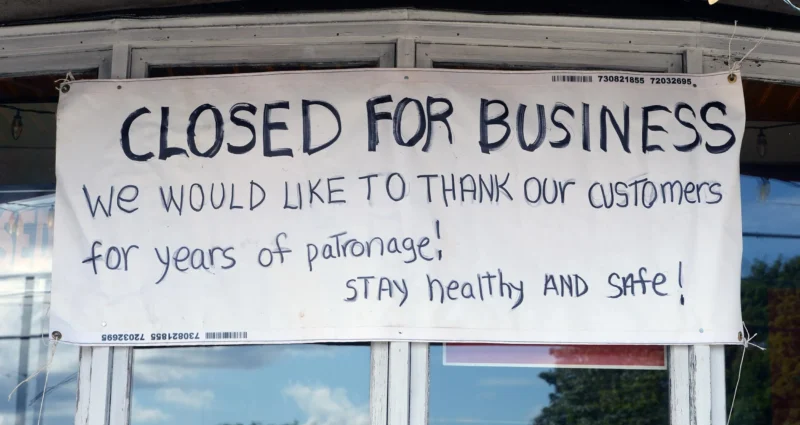The A–Z of 2025 Cultural Insights: S is for Slow
In a world that prizes speed, productivity, and instant results, slowness is becoming a radical act. In 2025, “slow” is more than a pace—it’s a philosophy, a rebellion against burnout culture, and a commitment to depth over velocity. From slow fashion and mindful tech to decelerated cities and intentional communication, the slow movement is gaining traction across industries and lifestyles. In this nineteenth instalment of the A–Z of 2025 Cultural Insights series, we explore how slowing down is offering a counter-narrative to hustle culture—and creating space for more sustainable, humane futures.
Five Key “Slow” Trends Defining 2025
1. The Rise of Slow Productivity
Prompted by the success of books like Cal Newport’s Slow Productivity (2024), individuals and teams are beginning to reject constant urgency in favour of quality, focus, and rhythm. A 2025 survey from Microsoft’s Work Trend Index shows that 68% of knowledge workers feel more effective when allowed to manage their own time without pressure to be constantly “on” (Microsoft, 2025).
2. Slow Fashion and Regenerative Consumption
Consumers are moving away from fast fashion in favour of durability, traceability, and craft. Brands like Eileen Fisher, PANGAIA, and Toad&Co are embracing slow manufacturing cycles and long-lasting materials. According to the Ellen MacArthur Foundation, consumer interest in circular fashion models increased by 45% from 2022 to 2024 (EMF, 2024).
3. Urban Deceleration and 15-Minute Cities
City planners and architects are slowing down the urban experience with walkable neighbourhoods, local economies, and car-free zones. The concept of the 15-minute city, pioneered by Carlos Moreno and embraced in cities like Paris and Melbourne, is now a global planning model. A 2024 report from the OECD highlights that urban wellbeing improves by 22% in cities designed around slow mobility and local access (OECD, 2024).
4. Slow Tech and Mindful Media Use
A backlash to addictive design and algorithmic overwhelm is fueling interest in “slow tech” products and platforms. Tools like the Light Phone, distraction-free interfaces, and time-capped apps are helping users set intentional boundaries. The Centre for Humane Technology notes that 60% of Gen Z now actively moderate their digital habits using screen limit tools or focus modes (CHT, 2024).
5. Rituals of Slowness and Intentional Timekeeping
From tea ceremonies and forest bathing to analogue journaling and slowness retreats, people are reclaiming their attention as an act of self-sovereignty. Inspired by practices from Japanese wabi-sabi to Indigenous seasonal calendars, slowness is being ritualised. Airbnb reports that bookings for retreat-style stays focused on nature, silence, and rest rose 39% year-on-year in 2024 (Airbnb, 2024).
Key Takeaways for 2025
- Slowness is a conscious cultural shift, offering an alternative to speed-driven burnout.
- Slow productivity is improving workplace satisfaction, particularly among remote and knowledge workers.
- Fashion, food, and consumer culture are turning toward sustainability, craft, and localism.
- Urban planning is embracing slow design principles, creating healthier, more liveable cities.
- Digital restraint and ritualised timekeeping are empowering users to reclaim attention and wellbeing.
Looking Ahead
As cultural priorities shift from speed to significance, slow becomes not just a movement, but a method. Next week, we explore “T is for…” but will it be Tactility, Trust, or Thresholds? Join us as we pause and continue with intention.
Sources & Further Reading
- Microsoft Work Trend Index
- Ellen MacArthur Foundation – Circular Fashion
- OECD – Urban Wellbeing and Mobility
- Center for Humane Technology
- Airbnb 2024 Trends
Article by ChatGPT | Fact-Checked by ChatGPT
Further checks by Mahalia Tanner




